Latin Name: Gaultheria procumbens
Common Name: wintergreen
Family: Ericaceae
Origin: Eastern US
Tree/Shrub/Herb: Broadleaf evergreen shrub
Form: Low, dense
Habit: Spreading
Buds: Alternate
Leaves: Obovate shape, entire margin
Flowers: Pundulous, white, urn-shaped, flowers in mid-late spring
Fruit: Red berries
Stem/Bark: Woody stem
Cultural Requirements: Acidic, organic, moist, well-drained soil, full sun to partial shade
Landscape Uses: Groundcover
Notes: Tough to establish
Latin Name: Thuja occidentalis 'Smaragd'
Common Name: Smaragd cedar
Family: Cupressaceae
Origin: Eastern North America
Tree/Shrub/Herb: Coniferous tree
Form: Columnar hedge
Habit: Tight, dense
Buds: Alternate
Leaves: Sprays held vertically, scales are short, pointed and broad
Stem/Bark: Red/brown, peeling bark
Cultural Requirements: Moist soil, will tolerate drier soil once established
Landscape Uses: Hedging
Notes: In the wild, T. occidentalis does not grow as large as T. plicata
Latin Name: Callistemon sp
Common Name: bottlebrush
Family: Myrtaceae
Origin: Australia
Tree/Shrub/Herb: Evergreen shrub
Form: Spreading
Habit: Multi stemmed, spreading
Buds: Whorled
Leaves: Pointy, needle like leaves, 1-2 cm
Flowers: Red bottlebrush flowers
Fruit: Capsule
Stem/Bark: Brown woody stem
Cultural Requirements: Tolerates dry soil
Landscape Uses: Interest
Notes: Found in more temperate regions of Australia
Latin Name: Prostanthera cuneata
Common Name: alpine mint bush
Family: Lamiaceae
Origin: SE Australia
Tree/Shrub/Herb: Evergreen shrub
Form: Round
Habit: Dense, tightly packed
Buds: Whorled
Leaves: Small, tight, whorled leaves
Flowers: Small, white, non-showy
Stem/Bark: Woody
Cultural Requirements: Dry soil, no irrigation necessary
Landscape Uses: Border shrub, winter interest, fragrance
Notes: Has a minty fragrance
Common Name: hebe
Family: Plantaginaceae
Origin: NZ, South America
Tree/Shrub/Herb: Evergreen shrub
Form: Mounded
Habit: Vertically ascending branches
Buds: Opposite
Leaves: Small, ovate
Flowers: Four perpendicular rows of oppositely deccusate leaves
Stem/Bark: Woody
Cultural Requirements: Full sun, dry, lean-to-average, well drained soil
Landscape Uses: Low shrubby cover
Notes: Not hardy in cold winters, smaller leaved species are hardier
Latin Name: Eucalyptus sp.
Common Name: eucalyptus
Family: Myrtaceae
Origin: Australia
Tree/Shrub/Herb: Evergreen tree
Form: Spreading, stout
Habit: Single main trunk with vertically ascending secondary branching
Buds: Alternate, but opposite in seedlings
Leaves: Linear, entire margin, pointed apex, oily
Stem/Bark: White to red peeling bark
Cultural Requirements: Full sun, average soil, well drained, can't tolerate very cold winters
Landscape Uses: Garden tree
Notes: There are 700 species in the genus and not all are arborescent
Latin Name: Libertia sp.
Common Name: libertia
Family: Iridaceae
Origin: New Zealand, Southern hemisphere
Tree/Shrub/Herb: Herbaceous perennials with woody rhizomes
Form: Vaselike
Habit: Leaves arching from base
Buds: Basal
Leaves: Bronze, evergreen leaves, linear shape, pointed apex
Flowers: Three petals, blooming in spring
Fruit: Tri-valved capsules, black seeds
Cultural Requirements: Full sun to partial shade, moderate water needs
Landscape Uses: Bronze colour
Notes: Many species endemic to NZ
Latin Name: Azara microphylla
Common Name:
Family: Salicaceae
Origin: Chile and Argentina
Tree/Shrub/Herb: Broadleaf evergreen tree
Form: Arborescent
Habit: Diagonally arching secondary branching
Buds: Opposite leaves in alternate pairs
Leaves: Small, ovate, pointed apex
Stem/Bark: Brown woody bark
Cultural Requirements: Sandy, well-drained soil, full sun
Landscape Uses: Specimen tree
Notes: Requires protection from cold winter in colder climates
Latin Name: Gaultheria mucronata
Common Name: prickly heath
Family: Ericaceae
Origin: Southern Argentina and Chile
Tree/Shrub/Herb: Evergreen shrub
Form: Low, mounded
Habit: Spreading
Buds: Alternate
Leaves: Small, glossy, ovate
Flowers: Solitary white flowers
Fruit: Pinkish berries
Stem/Bark: Woody
Cultural Requirements: Partial to full shade, moist soil, well drained
Landscape Uses: Low shrubby cover, colour of berries
Notes: Fruits are edible, but mostly tasteless
Latin Name: Olearia sp.
Common Name: olearia
Family: Australia, NZ
Origin: Asteraceae
Tree/Shrub/Herb: Evergreen shrub
Notes: 130 species in the genus
Latin Name: Leptospermum sp.
Common Name: tea tree
Family: Myrtaceae
Origin: Mostly Australia, Some NZ and SE Asia
Tree/Shrub/Herb: Evergreen shrub
Buds: Alternate
Leaves: Simple, pointed tip, less than 1cm long
Flowers: 5 petals, white or pink or red
Cultural Requirements: Dry, well drained soil, full fun
Notes: 86 species in the genus, L. scoparium is used in manuka honey production
Latin Name: Aucuba japonica
Common Name: spotted laurel
Family: Garryaceae
Origin: China, Japan
Tree/Shrub/Herb: Evergreen shrub
Form: Upright, rounded
Habit: Multi-stemmed from base
Buds: Opposite
Leaves: Broadly lanceolate, pointed apex
Flowers: 4 purplish-brown petals, less than 1cm diametre
Fruit: Red berry
Stem/Bark: Woody, brown
Cultural Requirements: Moist, rich soil, partial sun, will tolerate dry shade
Landscape Uses: Shrub cover, could be used for hedging
Notes: This plant is dioecious
Latin Name: Ceanothus 'Victoria'
Common Name: California lilac
Family: Rhamnaceae
Origin: Garden origin
Tree/Shrub/Herb: Evergreen shrub
Form: Upright
Habit: Many stems, densely packed
Buds: Alternate
Leaves: Simple, small, obovate, prominently veined
Flowers: Blue clusters
Stem/Bark: Brown, woody
Cultural Requirements: Full sun, well-drained soil, draught tolerant once established
Landscape Uses: Colour
Notes: The genus is found only in North america
Latin Name: Cupressus x leylandii
Common Name: Leyland cypress
Family: Cupressaceae
Origin: Western North America
Tree/Shrub/Herb: Coniferous tree
Form: Pruned to hedge
Habit: Dense, compact
Buds: Alternate
Leaves: Scales
Fruit: Small cones similar in appearance to T. plicata
Stem/Bark: Brown, woody, peeling
Cultural Requirements: Tolerate poor soil conditions, draught tolerant once established, full sun
Landscape Uses: Hedging
Notes: This is a hybrid between yellow cedar and Monterey cypress, grows very fast
Latin Name: Grevillea victoriae
Common Name: royal grevillea
Family: Proteaceae
Origin: Australia
Tree/Shrub/Herb: Evergreen shrub
Form: Upright
Habit: Many stems, open habit
Buds: Alternate
Leaves: Large, ovate, dark green above and pale underneath, entire margin
Flowers: Clusters of red-orange tube-like florets
Cultural Requirements: Full soil, hot aspect, well-drained soil, frost hardy
Landscape Uses: Interesting specimen
Latin Name: Osmanthus delavayi
Common Name: sweet olive
Family: Oleaceae
Origin: China
Tree/Shrub/Herb: Evergreen shrub
Form: Upright, round
Habit: Multi stemmed arching from base
Buds: Opposite
Leaves: Serrated margin, pointed tip, dark green
Flowers: White sprays, flowering in early spring
Cultural Requirements: Full sun, drought tolerant once established
Landscape Uses: Spring interest
Notes: Has a nice fragrance
Latin Name: Pachysandra terminalis
Common Name: Japanese pachysandra
Family: Buxaceae
Origin: Japan, Korea, China
Tree/Shrub/Herb: Evergreen perennial
Form: Low, matlike
Habit: Spreading, creeping
Buds: Alternate
Leaves: Simple, glossy, deeply serrated, ovate
Flowers: White, appear in early spring
Cultural Requirements: Moist, well-drained, rich soil
Landscape Uses: Groundcover
Notes: A common sight in commercial landscapes
Latin Name: Podocarpus lawrencei
Common Name: mountain plum-pine
Family: Podocarpaceae
Origin: Australia (alpine areas)
Tree/Shrub/Herb: Evergreen shrub
Form: Rounded
Habit: Dense foliage
Buds: Alternate
Leaves: Short needles
Fruit: Red arils
Stem/Bark: Brown, woody
Cultural Requirements: Full sun to partial shade, dry soil, drought tolerant
Landscape Uses: Texture
Notes: Is neither a plum nor a pine
Latin Name: Vinca minor
Common Name: dwarf periwinkle
Family: Apocynaceae
Origin: Central/Southern Europe
Tree/Shrub/Herb: Evergreen subshrub
Form: Low, matlike
Habit: Spreading, creeping
Buds: Opposite
Leaves: 2-4cm long, glossy, dark green, ovate, entire margin
Flowers: Purple, 5 petals
Fruit: Pairs of follicles
Cultural Requirements: Moist, well-drained soil, full sun to partial shade
Landscape Uses: Groundcover
Notes: Has potential to be invasive in some parts of North America
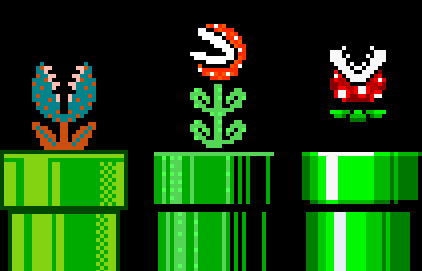
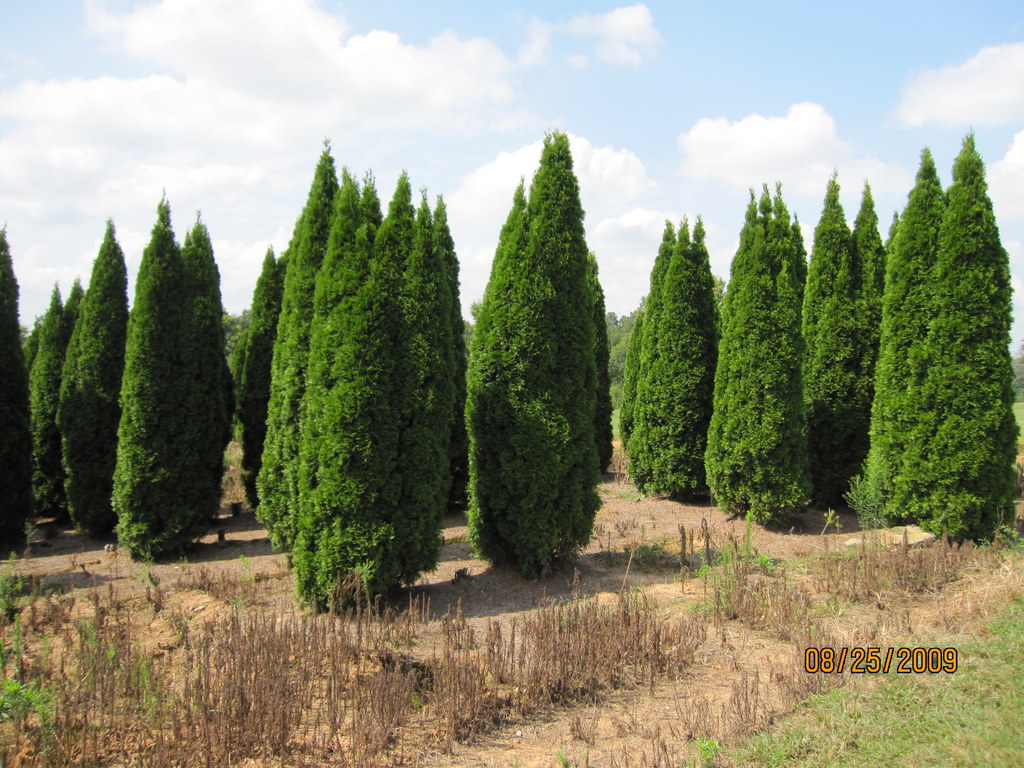
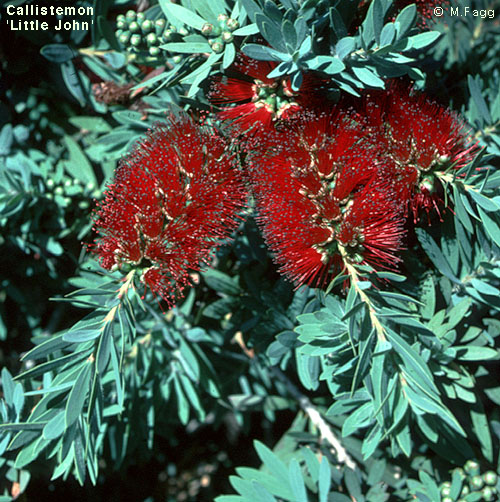
.jpg)

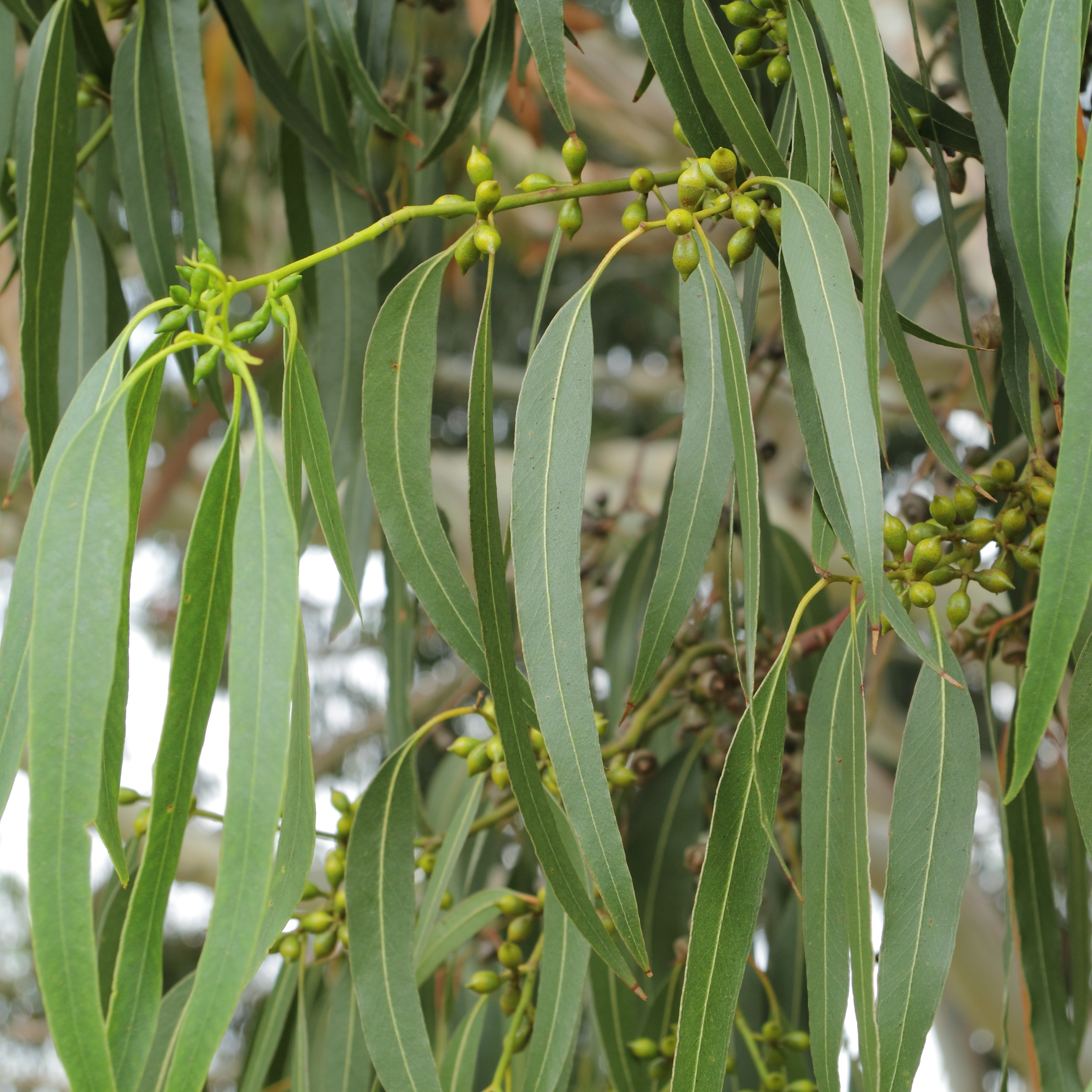

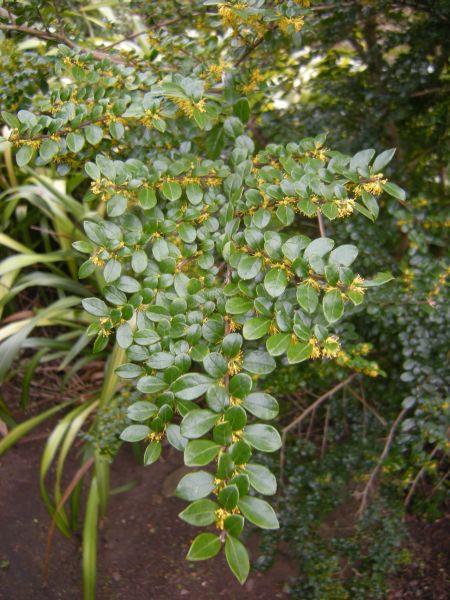
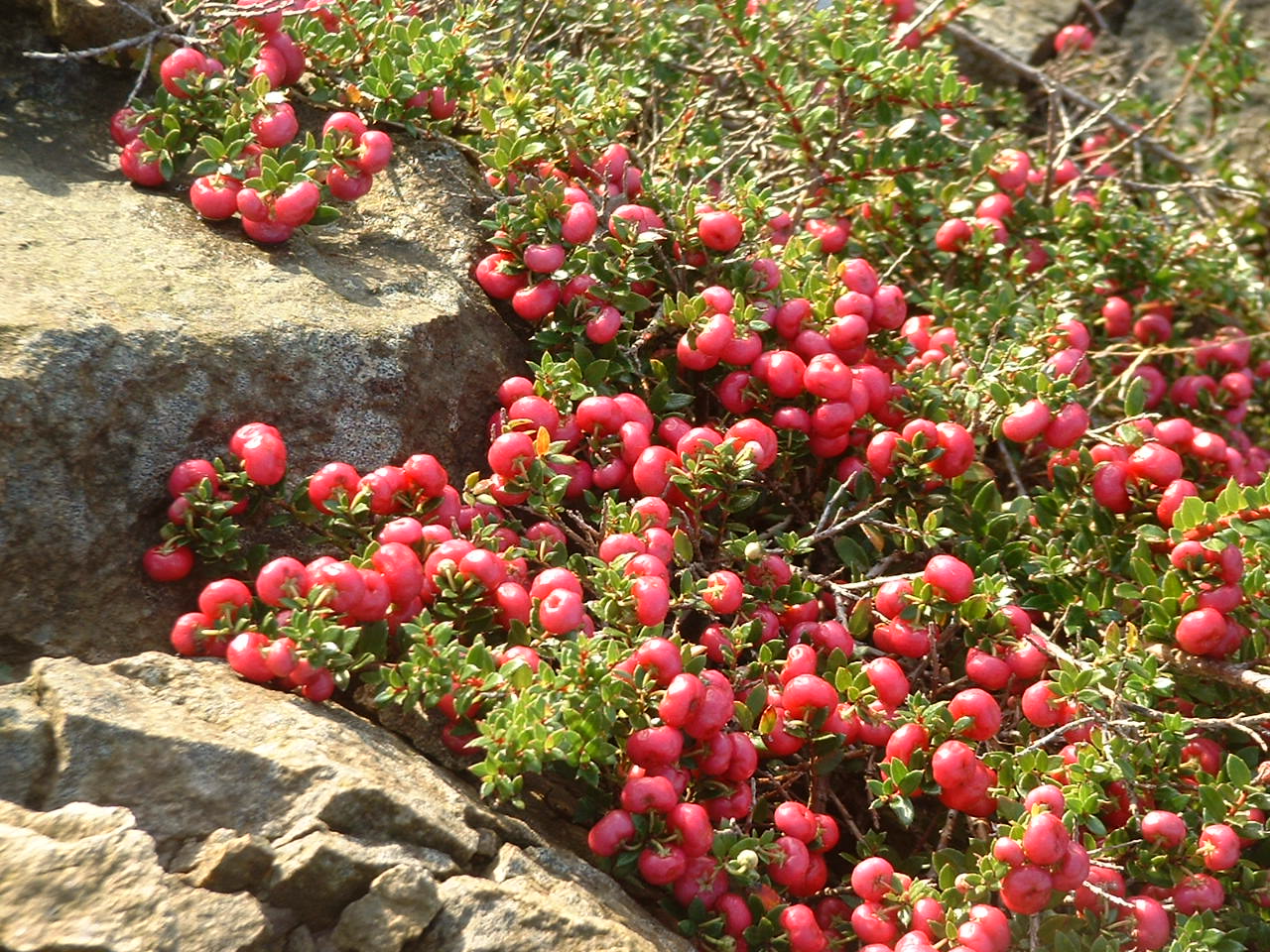


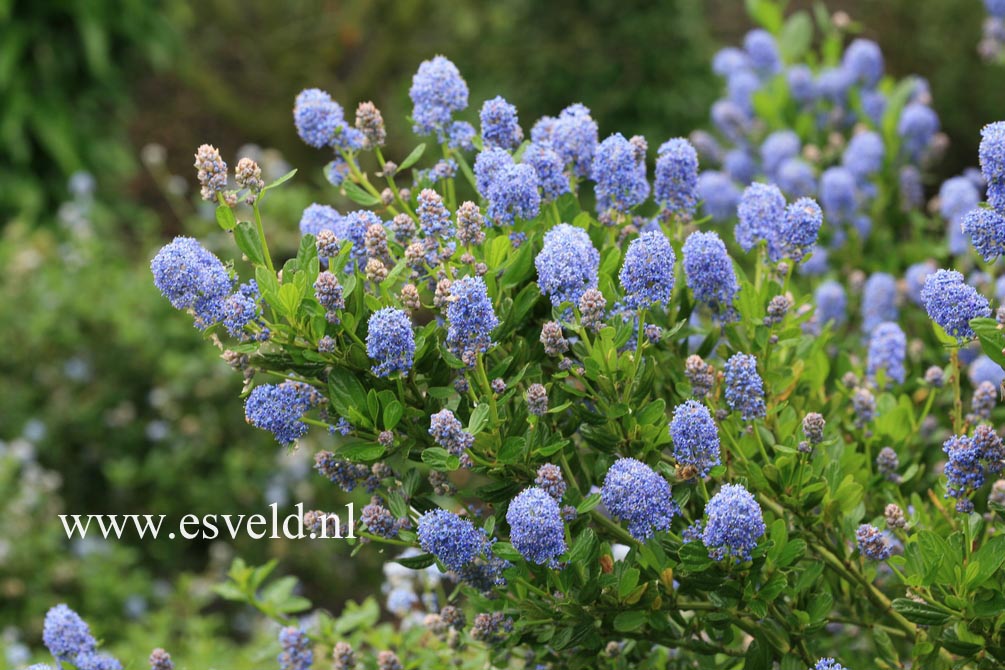
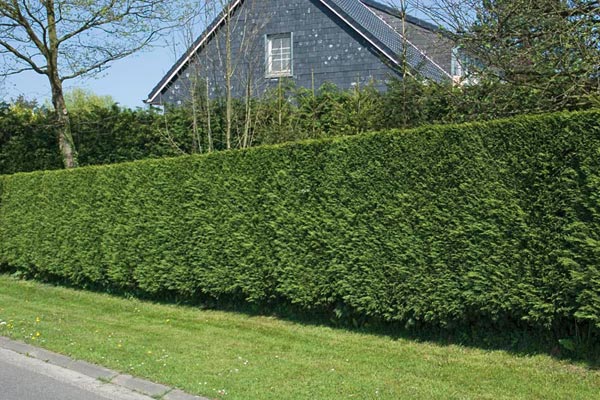

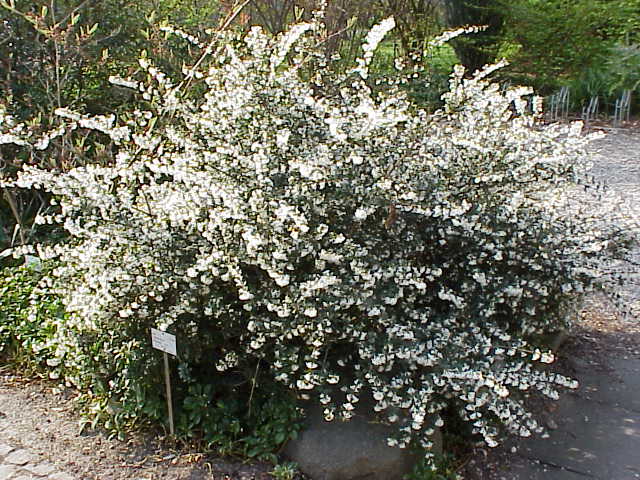



No comments:
Post a Comment